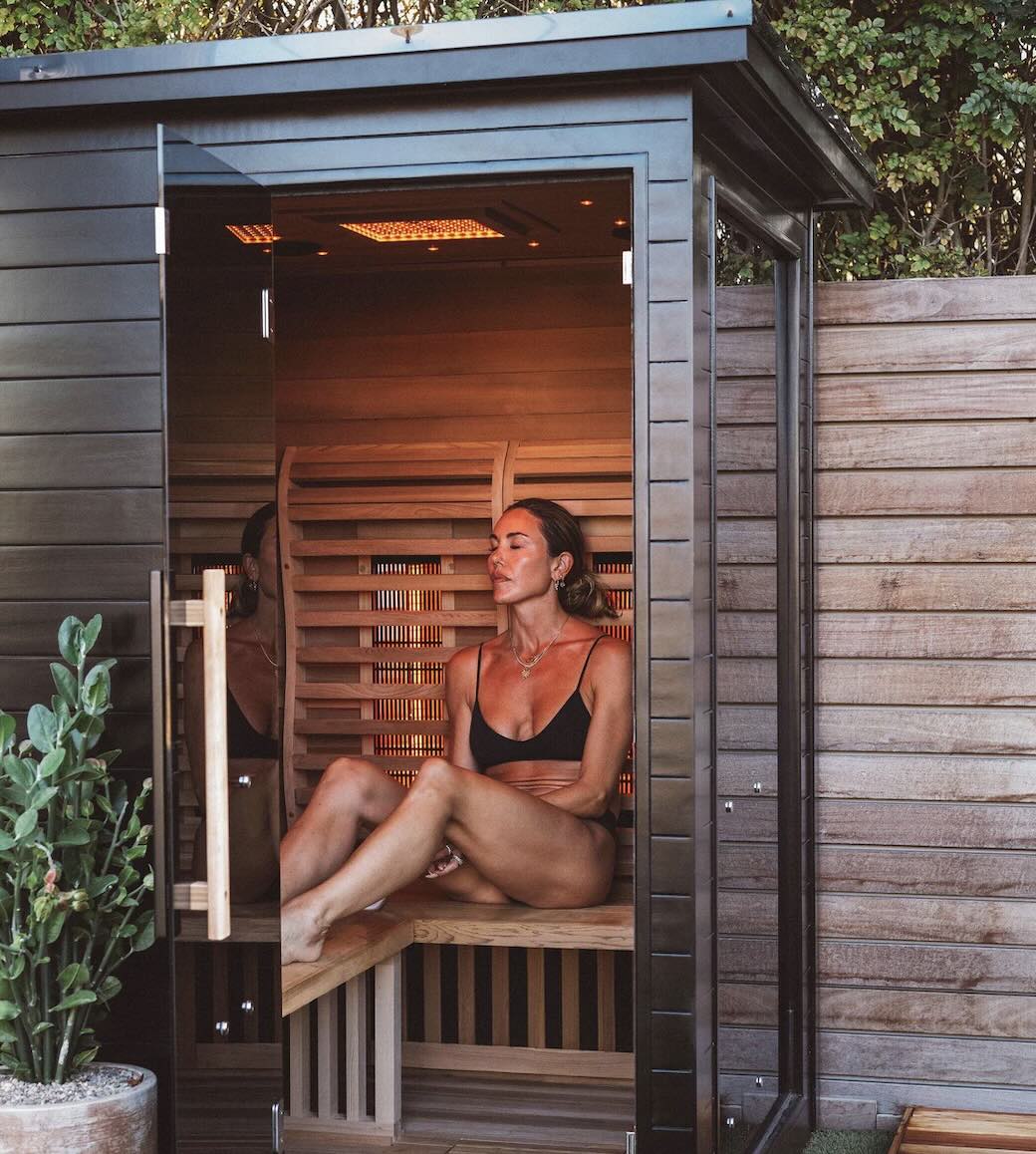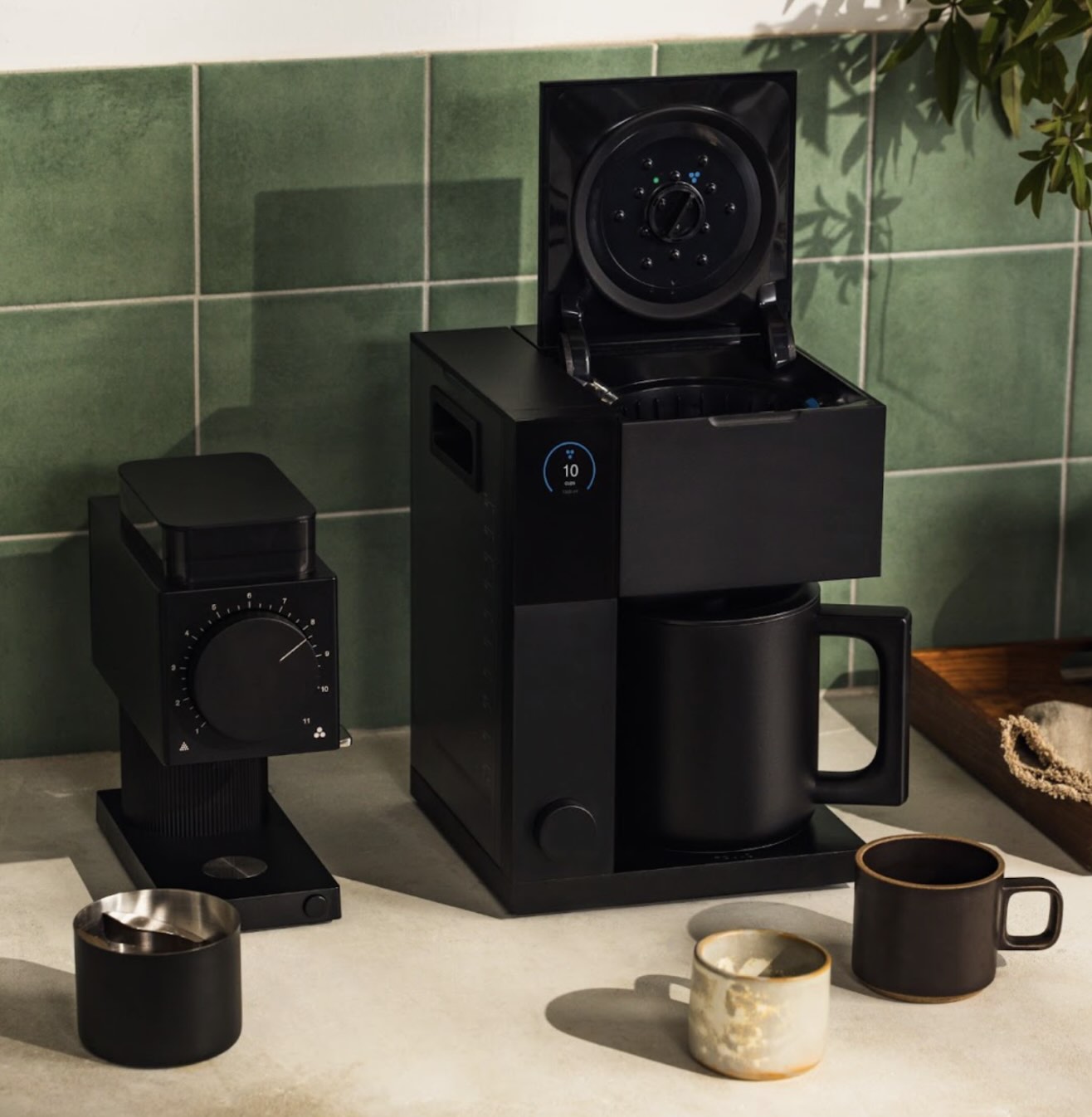Our team is dedicated to finding and telling you more about the web’s best products. If you purchase through our links, we may receive a commission. Our editorial team is independent and only endorses products we believe in.
We like
We don't like
One of the most important moments in a young person’s life is when they finally have to buy their own couch. It’s such a special rite of passage. You grew up with the well-loved sofa in your family home. In college you relied on dorm furniture and maybe a hand-me-down futon from the previous tenants of your off-campus apartment. But the purchase of your very first couch marks the start of the rest of your life.
I’m all for second-hand furniture and thrifted homegoods. But, I can’t abide by used couches or mattresses – you have to draw the line somewhere. So that means your first couch will be brand new. Unfortunately that leaves young consumers in a difficult spot: the furniture industry offers very little in the middle ground between cheap knock-offs that aren’t made well or expensive, aspirational furniture that looks great but is probably beyond most people’s budget.
Over the last few years, some impressive DTC brands have launched higher quality options that split the difference between cost and style. Sabai Design offers couches, seats, and ottomans that are well crafted but could still fall within a reasonable price range. The 5-year-old furniture company prioritizes environmentally friendly materials and packaging, demonstrating their commitment to sustainable practices. But, perhaps more importantly, Sabai Design has created an ecosystem where customers can repair, retain, and resell their furniture as needed.
It’s a novel approach in an industry that tacitly endorses short life cycles for its products. In some cases, companies might be expecting their consumers to wear down and ultimately discard their furniture. But Sabai Design doesn’t want to see another couch on trash day – so the brand has doubled down on a closed loop that encourages its customers to continue caring for their furniture.

We spoke with Sabai Design’s Co-Founder & CEO Phantila Phataraprasit to learn more about how Sabai created a community around its products and how the industry as a whole can move toward a more sustainable future.
How Do You Make a Sustainable Furniture Brand?
As Phataraprasit shared with me, the goal of Sabai Design has always been to “make living sustainably more accessible.” Phataraprasit launched Sabai Design four and a half years ago with her business partner Caitlin de Lisser-Ellen.
“My co-founder Caitlin and I went to college together and were young professionals living in New York, trying to furnish our own spaces and we found that it was really hard to do in a way that aligned with our budget and our values,” Phataraprasit shared. “We bonded over a lot of shared values around caring about our impact and wanting to live accordingly. We realized that we were very much not alone in that and that our whole generation is becoming much more aware of our impact and having those things impact our purchasing decisions. We decided that we wanted to create a solution for people like ourselves.”
And over those four and half years, Sabai has stayed true to that mission by using non-toxic and sustainable materials like hemp, recycled velvet, and upcycled polyester.

“Sustainability can be such a vague term,” Phatarasprasit noted in her conversation with me. “And I think that it has rubbed a lot of people the wrong way. And so we were very conscious of that as consumers who felt that way ourselves. You know, let's think about the full picture and the impact of our product from materials to the manufacturing process, our supply chain, who we're partnering with, to the shipping to the end of life, which I think is often neglected as well.”
This approach has led Phantila, Caitlin, and their team to think about sustainability more holistically and implement programs beyond just their manufacturing process to give new life to their products and extend the life cycle of their furniture. Sabai has launched programs like Sabai Revive, allowing customers to resell their furniture back to Sabai who in turn can offer a discount to future customers. Moreover, the Repair Don’t Replace initiative allows customers to buy individual parts rather than an entirely new piece of furniture and can also connect them with local manufacturers to repair any minor tears or issues.
Moreover, Sabai has invested in new and innovative materials like cocolock fiber, which is created out of coconut waste material, to further advance the possibilities of sustainable furniture manufacturing. Sabai’s furniture is made in ethically run factories throughout the country all committed to quality, safety, and providing a living wage. Plus, the customer experience is straightforward with small, manageable packages that are designed to fit through narrow doorways and elevators, easy-to-assemble furniture, and the piece of mind that they are built to last.
What Makes Sabai So Special?
The unique sustainability initiatives that Sabai has launched means that the brand has to do business differently. Many larger furniture companies anticipate a short life cycle and are unwilling to facilitate buy-back or repair programs.
Sabai is a newer and younger brand meaning that it can build a small team that prioritizes the customer experience and build a community around their products. At first, Phantila was not sure if Sabai’s customers would respond to their programs:
“It was a theory that we were testing out and interviewing people on, but we weren't sure in practice whether people were going to participate in that or not, or if that was going to be something people valued. But I think that's been really proven out on our end that it just gives people peace of mind. And not only peace of mind, but the actual action of being able to repair products that get damaged. And so I think that's been really an exciting and validating experience that we've had. The theory that we've had about these things mattering to people and then actually seeing that response from our customers has been super exciting.”

The Sabai team, which consists of just nine employees, stays nimble and responsive, facilitating its community on social media, through newsletters, and their support team. Having a program like Sabai Revive necessitates the team to think creatively about the buy back initiative. Occasionally that has required using localized warehouses to house furniture before selling secondhand or returned items to new customers or in others Sabai has handled the logistics of shipping items from one customer directly to another. Despite the unusual nature of shipping a piece of furniture to a stranger, Phantila acknowledges that the buy-in from Sabai’s customers to their mission of sustainability allows them to try out these unique strategies.
And it lends a personal touch to the furniture buying experience. Most young professionals can't afford a curated furniture experience and will rely on cheaper products that aren’t made to last. But Sabai bridges the gap between affordability and longevity.
Sabai Keeps Comfort Top of Mind

“The goal is to make buying furniture an enjoyable process because ultimately this is your home and you want that to be something you feel good about,” Phantila shares. “Sabai itself is a Thai word that can be described in a variety of ways. I like the word because it's very flexible - it can be descriptive of a thing, an experience, just how you're feeling. And it means comfortable, easy, cozy. So for us, at our core, in terms of how we want our customers to feel that feeds throughout.”
The brand has been established not only to live out sustainable ideals but to create a pleasant, comfortable experience for folks looking to furnish their homes. From the personal touches to the stylish furniture, Sabai is a brand that welcomes you into its community.
And for Phantila herself, Sabai holds a deeper meaning.
“I'm from Thailand andI live here and it's also the name of my company. And so I think that it means a lot to me because it means comfort and it means ease and that’s lot of different things for me, whether it's within my physical apartment and home and feeling comfortable or it's, you know, that homesick element of feeling the comfort of my family and my home.”


















